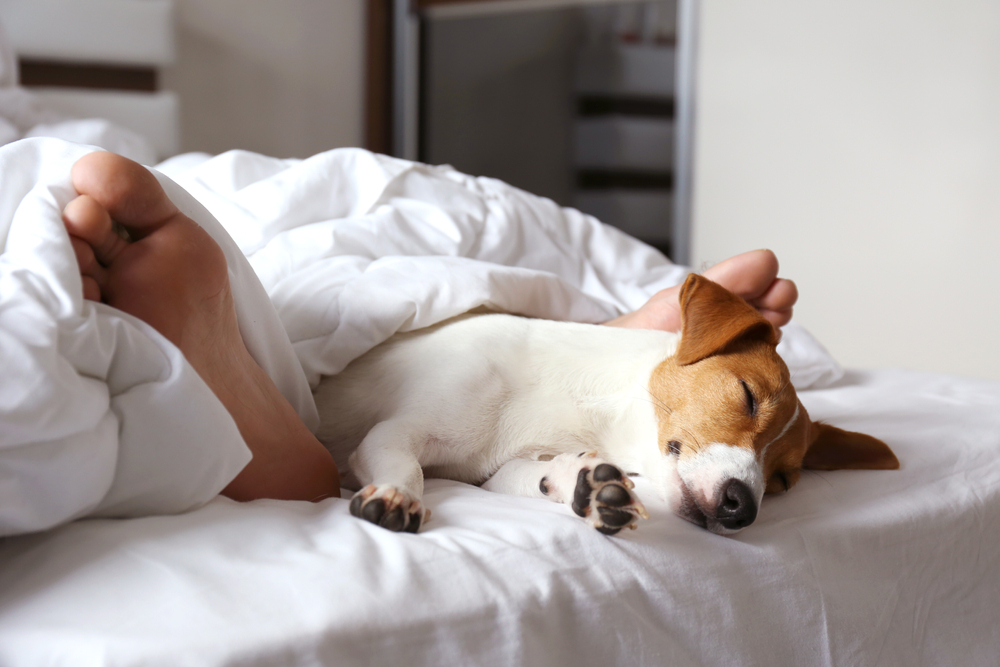You eagerly take your puppy outside for a stroll only to have them plop down in protest. Walk training setbacks frustrate owners, but several factors cause puppy walking refusal. Understanding the root causes allows you to get your pooch moving again.
Common Reasons Puppies Won’t Walk
When a previously eager puppy suddenly digs in their paws, it usually relates to one of these factors:
Fear Period – Between 6-14 weeks old, puppies become more timid. New sights and sounds make the outdoors intimidating. Staying put feels safest. Move slowly, stay upbeat, carry if needed.
Uncomfortable Leash or Collar – Improperly fitted collars choke or rub. Try different styles like harnesses. Make sure to loosen as your puppy grows.
Heavy Distractions – Interesting smells, dogs, people, and cars become overstimulating. Refocus their attention on you with high value treats and “look” cues.
Overexertion – Exceeding your puppy’s physical capability or exercise needs leaves them exhausted. Carry them home and take shorter walks next time.
Too Hot or Cold – Extreme temperatures make walking unpleasant. Go out when it’s more mild.
Illness – Sore paws, diarrhea, respiratory infections, and parasites can all make a puppy refuse to walk. See your vet.
Stress – Changes like rehoming, a new family member, or schedule shifts upset your puppy. Revert to comforting routines.
Be patient. With maturity and training, puppy defiance improves. Check for causes if an adult dog suddenly balks at walking.
How to Get Your Puppy Walking Again
To get a stubborn pup moving:
Make it fun! – Squeak toys, run away enticingly, and be peppy to get them engaged.
Use treats – Food motivation overcomes reluctance. Toss treats to lure them forward.
Try a new route – Explore quieter side streets versus overwhelming main roads.
Schedule wisely – Walk when energy is highest, like after naps and playtime.
Switch from leash to harness – A comfortable front-clip harness gives control while reducing leash pressure.
Carry your pup – Pick up and transport them partway if they resist. But don’t carry the entire walk or it becomes the reward.
See the vet – Rule out health issues like pain, fever, or exhaustion.
With creativity and patience, you can get your pup strutting proudly beside you in no time.
Preventing Leash Walking Problems
Starting leash training correctly prevents many issues:
Use tasty treats – Food rewards teach a puppy walking by your side feels good.
Keep early walks very short – A few minutes builds success versus frustration.
Stick close to home – Minimize overwhelming sights and sounds at first that distract from walking.
Make it a game – Run with your pup, change pace and direction frequently; keep them engaged.
Watch your energy – Remain positive. Tension on the leash communicates and hinders.
Be patient – Some pups take longer to master leash manners. Don’t rush the process or force them.
Proper conditioning prevents many leash walking issues. But if problems persist, seek professional help.
When to Get Training Help with Leash Walking
If your puppy continually:
- Refuses to budge on walks after attempts to motivate them
- Locks legs, flops down, pulls backward away from you
- Cowers, whines, or exhibits extreme fear outside
- Lunges aggressively towards dogs, people, or objects during walks
Consult with:
- Veterinarian – To check for pain, injury, illness, eyesight/hearing issues
- Force-free trainer – Get expert guidance tailored to your puppy’s unique issues
- Behaviorist – If anxiety or fear underlies resistance
The earlier you address walk training problems, the easier they are to resolve. With time, effort, and consistency, you’ll have your puppy trotting happily at your side.
My Puppy Only Walks Near Home?
It’s common for puppies to readily walk near home but resist going further. Causes include:
- Their comfort zone is limited at this immature age. They gain confidence with maturity.
- The unfamiliar seems frightening. Make excursions fun and rewarding.
- They are not physically ready for long walks. Build up distance gradually.
- They want to stay near mom and littermates. Bonding with you takes time.
With short positive outings, they build confidence. Carry them partway if needed. Reward progress, even minor. They will expand their comfort zone.
Conclusion
When a once eager walking companion suddenly refuses, diagnostic sleuthing helps determine the cause. Fear, illness, overexertion, discomfort, or overstimulation all warrant adjustments to get your puppy moving again. Prevent problems by keeping early leash experiences rewards-based and low-stress. With compassion and creativity, you can overcome temporary walking strikes while ingraining lifetime leash manners.


